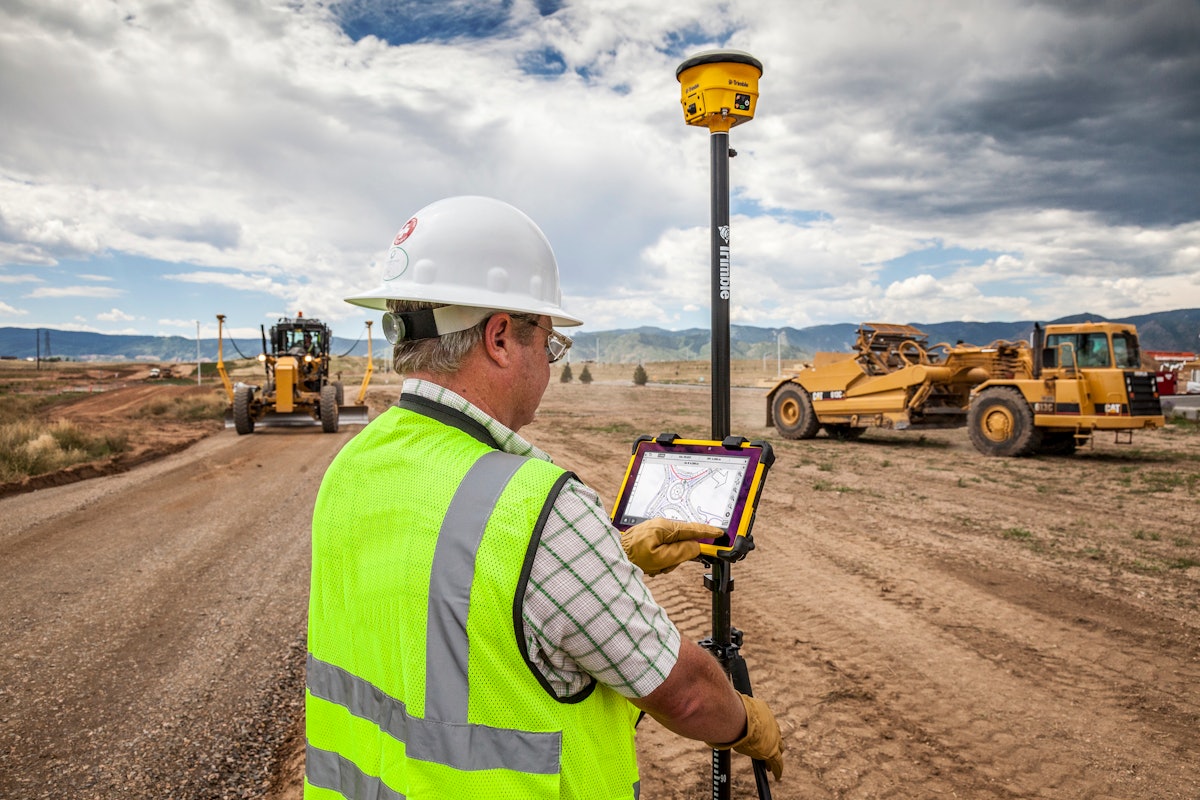In today’s rapidly evolving technological landscape, the subject of cybersecurity for industrial electronics has gained immense importance. With the integration of technology in industrial applications, safeguarding electronics from cyber threats is crucial. This article explores the challenges, solutions, and importance of cybersecurity in the realm of industrial electronics.

Understanding the Importance of Cybersecurity
The significance of cybersecurity cannot be overstated. It is imperative for protecting sensitive data, maintaining operational integrity, and ensuring the safety of industrial processes. In the absence of robust cybersecurity measures, industrial systems become vulnerable to cyberattacks, which can lead to financial losses, data breaches, and even physical harm.
The Role of Industrial Electronics
Industrial electronics play a pivotal role in automating processes, controlling machinery, and managing data in various sectors. These electronics are integral to the functioning of industries such as manufacturing, energy, and transportation. As these systems become more connected, the need for comprehensive cybersecurity measures becomes even more critical.
Challenges in Securing Industrial Electronics
Securing industrial electronics presents unique challenges. Legacy systems, which are often outdated and lack modern security features, pose significant risks. Additionally, the heterogeneity of industrial systems makes it difficult to implement uniform security protocols. Furthermore, the increasing use of the Internet of Things (IoT) in industrial applications has expanded the attack surface, making systems more susceptible to cyber threats.
Identifying Vulnerabilities
Identifying vulnerabilities in industrial electronics is the first step towards enhancing cybersecurity. Common vulnerabilities include unpatched software, weak authentication protocols, and unsecured communication channels. Conducting regular security assessments can help in identifying and mitigating these vulnerabilities.
Implementing Robust Cybersecurity Measures
To protect industrial electronics from cyber threats, it is essential to implement robust cybersecurity measures. This includes the following strategies:
Regular Software Updates and Patching
Keeping software up to date is crucial for closing security loopholes. Regular updates and patching ensure that systems are protected against the latest threats.
Strong Authentication Protocols
Implementing strong authentication protocols, such as multi-factor authentication, can significantly enhance security by preventing unauthorized access.
Secure Communication Channels
Ensuring secure communication channels through encryption and secure protocols is vital for protecting data during transmission.
The Role of Training and Awareness
Employee training and awareness play a crucial role in strengthening cybersecurity. Educating employees about potential threats and safe practices can prevent accidental breaches and foster a culture of security. Regular training sessions and workshops can keep employees informed about the latest cybersecurity trends and threats.
Creating a Cybersecurity Culture
Developing a culture of cybersecurity within an organization involves encouraging proactive measures, reporting suspicious activities, and fostering collaboration between IT and operational teams. A strong cybersecurity culture can significantly reduce the risk of cyber incidents.
Case Study: Cybersecurity in the Manufacturing Sector
In the manufacturing sector, cybersecurity is crucial for protecting intellectual property, ensuring operational continuity, and safeguarding employee safety. Implementing comprehensive cybersecurity measures can prevent unauthorized access, data breaches, and production disruptions.
Lessons Learned from Cyber Incidents
Analyzing past cyber incidents provides valuable insights into potential vulnerabilities and effective countermeasures. Learning from these incidents helps organizations strengthen their cybersecurity posture and prevent similar attacks in the future.
Future Trends in Cybersecurity for Industrial Electronics
The future of cybersecurity in industrial electronics is likely to be shaped by advancements in technology and emerging threats. Key trends include the integration of artificial intelligence and machine learning in cybersecurity solutions, the development of advanced threat detection systems, and the adoption of blockchain technology for secure transactions.
Adapting to Emerging Threats
As cyber threats continue to evolve, organizations must remain agile and adaptable. This involves staying informed about the latest threats, investing in research and development, and continuously updating cybersecurity strategies to address new challenges.
Conclusion
In conclusion, cybersecurity for industrial electronics is a critical component of modern industrial operations. By understanding the importance of cybersecurity, identifying vulnerabilities, and implementing robust measures, organizations can protect their systems from cyber threats and ensure the safety and reliability of their operations. As technology continues to advance, staying informed and proactive will be key to maintaining a strong cybersecurity posture.

FAQ
1. What are the common cyber threats faced by industrial electronics?
Common cyber threats include malware attacks, phishing, ransomware, and unauthorized access to systems. These threats can disrupt operations and compromise sensitive data.
2. How can organizations improve their cybersecurity posture?
Organizations can improve their cybersecurity posture by conducting regular security assessments, implementing robust security measures, and fostering a culture of cybersecurity awareness among employees.
3. What role does employee training play in cybersecurity?
Employee training is essential for raising awareness about potential threats and safe practices. It helps prevent accidental breaches and encourages employees to report suspicious activities.
For more insights on maintaining and protecting electronic systems, visit Rugged Devices Maintenance and Power Protection. For an external perspective, you can explore Rugged Gear Guide.


